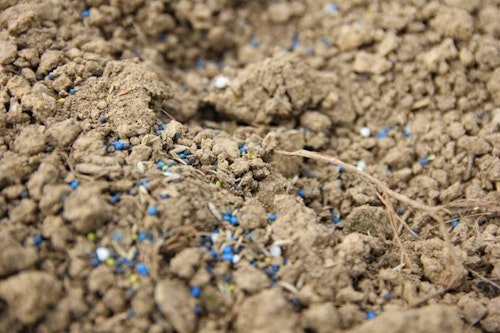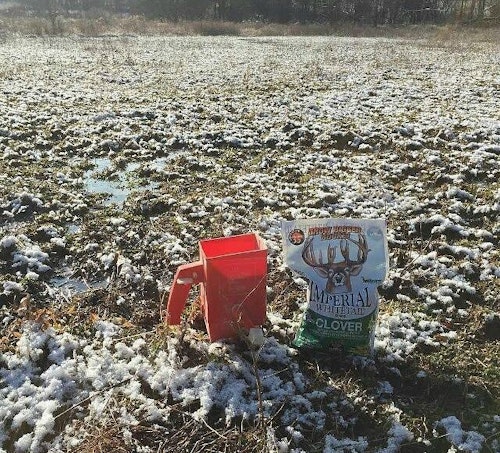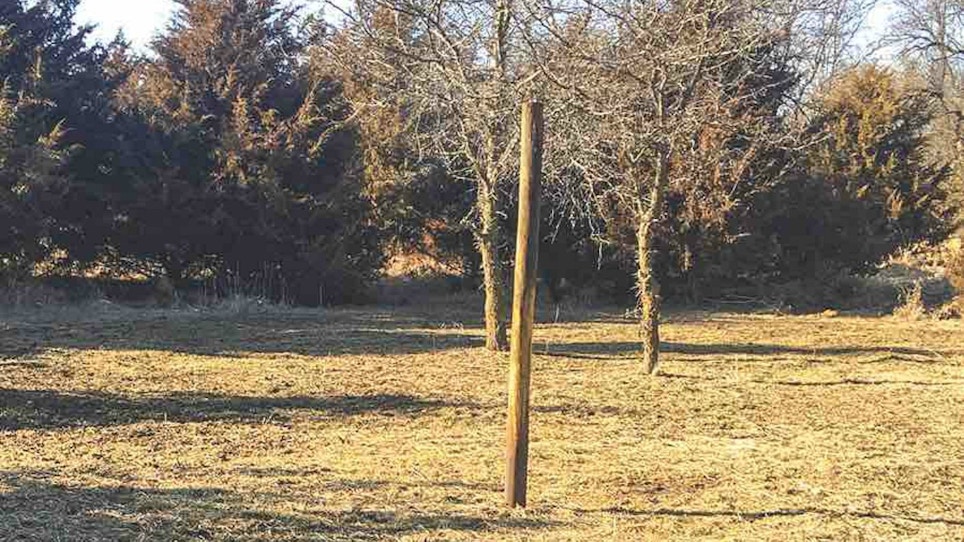Every late winter and early spring, I give my food plots a boost with frost seeding. Frost seeding is a simple way to add forage to any existing food plot, and a great way to establish a new plot without any equipment. When temperatures rise above freezing during the day and then dip below the 32-degree mark overnight, it’s time to frost seed your plots.
My favorite way to establish a small kill plot from scratch is to go in late summer the year before and spray all the vegetation with a glyphosate herbicide. This herbicide ensures a good kill. Then, I simply take a drag harrow or a rake and remove the dead vegetation. Next, I come back with a 50-pound bag of rye or oats and toss a heavy rate of seed on the plot in early September right on top of the ground. After the first rain, you can expect a nice green carpet of browse for your local deer herd.

During late winter and early spring, I take my perennial clover of choice, Ladino clover, and broadcast double the rate of package-recommended clover into my fall plots. Then, I simply let the ground do the rest. As the days begin to warm, the ground will soften during the day and freeze again overnight. As this freeze-and-thaw effect takes place, the clover seeds sink down into the ground and plant themselves. Clover seeds don’t require much dirt contact to sprout. You can choose to spray out the rye or oats from the previous fall with a grass specific herbicide, or simply mow them down before they put a seed head on. In late winter, simply repeat the process.
For existing food plots, I add half of the actual rate and broadcast over the whole plot just to help thicken it up if needed.







